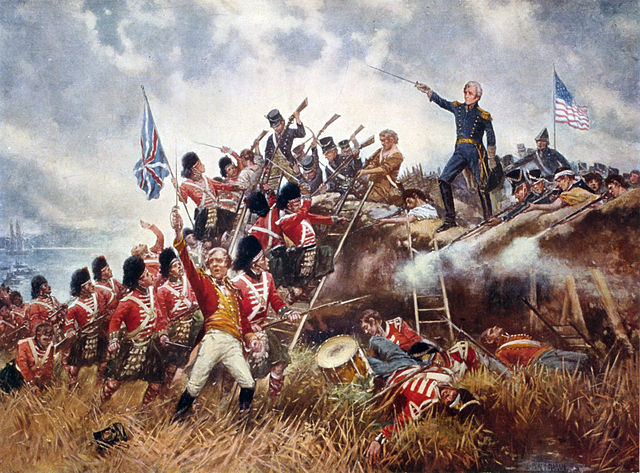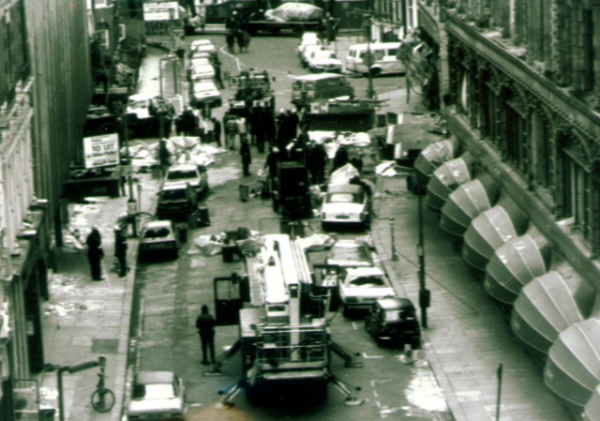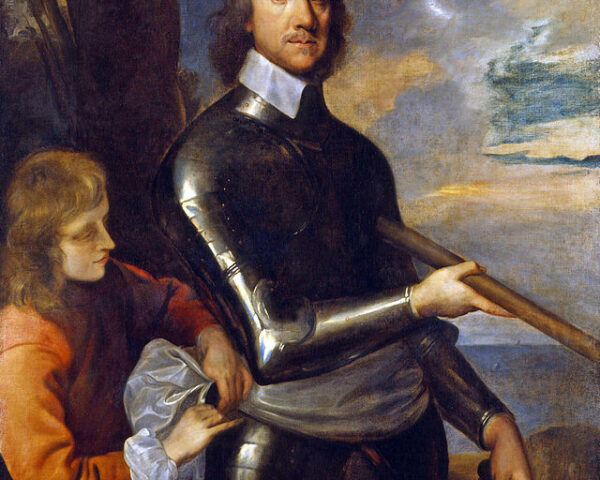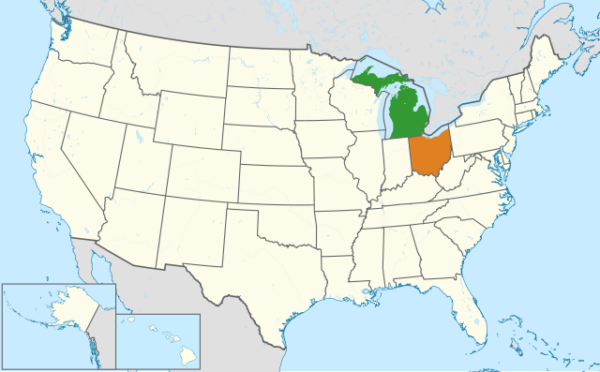On June 1, 1812, President James Madison asked Congress to grant him the authority to go to war with England, a risky move against a global power that nearly cost the young United States its independence, saw the White House burned, and propelled General Andrew Jackson to the forefront of American leadership.
The History Channel writes, “At the outset of the 19th century, Great Britain was locked in a long and bitter conflict with Napoleon Bonaparte’s France. In an attempt to cut off supplies from reaching the enemy, both sides attempted to block the United States from trading with the other. In 1807, Britain passed the Orders in Council, which required neutral countries to obtain a license from its authorities before trading with France or French colonies. The Royal Navy also outraged Americans by its practice of impressment, or removing seamen from U.S. merchant vessels and forcing them to serve on behalf of the British.
In 1809, the U.S. Congress repealed Thomas Jefferson’s unpopular Embargo Act, which by restricting trade had hurt Americans more than either Britain or France. Its replacement, the Non-Intercourse Act, specifically prohibited trade with Britain and France. It also proved ineffective, and in turn was replaced with a May 1810 bill stating that if either power dropped trade restrictions against the United States, Congress would in turn resume non-intercourse with the opposing power.
After Napoleon hinted he would stop restrictions, President James Madison blocked all trade with Britain that November. Meanwhile, new members of Congress elected that year—led by Henry Clay and John C. Calhoun—had begun to agitate for war, based on their indignation over British violations of maritime rights as well as Britain’s encouragement of Native American hostility against American westward expansion.”
The war ended up being a military debacle for the Americans for most of the war. Poorly trained and numbering merely 6,700 men, the American forces took on Britain’s vastly experienced and professional army that consisted of nearly a quarter million soldiers worldwide. While the United States did have a large navy, it paled in comparison to their foes who used their fleet to control a global empire.
Americans aimed to quickly end the war by forcing England to the bargaining table with the capture of Canada, but, as the Battlefield Trust notes, things did not go as planned.
“The invasion of Canada, which began in the summer of 1812, ended in disaster. By the end of the year 1812, American forces had been routed at the Battle of Queenston Heights on the Niagara River, a thrust into modern-day Québec had been turned back after advancing fewer than a dozen miles, and Detroit had been surrendered to the Canadians. Meanwhile, British-allied Native Americans continued their raids in Indiana and Illinois, massacring many settlers.
American fortunes fared little better through most of 1813. An attempt to retake Detroit failed near Frenchtown, Michigan, though the resulting massacre of American prisoners at the hands of Native Americans on January 23, 1813, inspired Kentucky soldiers to enlist, heeding the new rally cry “Remember the River Raisin!” Continued attempts at capturing Canada resulted in only temporary footholds at York and Fort George along the Niagara front. The Battles of Chateauguay and Crysler’s Farm again prevented American forces from advancing on Montréal.
The only considerable American successes occurred in September, with Oliver Hazard Perry winning a major naval battle on Lake Erie, and in October when the Tecumseh’s Confederacy of northwestern Native American tribes was crushed at the Battle of the Thames.”
The Battle of Fort McHenry in 1814, however, did lead to a boost in American morale when British forces attacked Baltimore, Maryland, and attempted to take control of Fort McHenry. The fort was the last line of defense for the city, and had it fell, the British could have taken control of vital territory.
But they failed.
Despite being outnumbered and outgunned, American troops held their ground and repelled the British attack. The battle lasted for 25 hours, and during that time, Francis Scott Key wrote the poem that would later become the national anthem of the United States. The poem, entitled “Defence of Fort M’Henry,” was later set to the tune of “To Anacreon in Heaven” and became known as “The Star-Spangled Banner.”
During the second half of 1814, General Andrew Jackson came onto the scene by organizing a militia that swept across the coast from Florida to Louisiana, winning the Battle of Horseshoe Bend on May 24, 1814 ultimately leading to America’s greatest victory of the war: The Battle of New Orleans.
Although the Treaty of Ghent had been signed and peace had been officially restored, the two sides fought a bloody battle in New Orleans on January 8, 1815. Despite being outnumbered and outgunned, the American troops under Old Hickory repelled multiple British attacks and won a decisive victory. The battle became a significant event in American history because it secured United States control over the Mississippi River and made Andrew Jackson the most famous American general since George Washington.
While Americans celebrated their victory, Old Hickory was just getting started…






